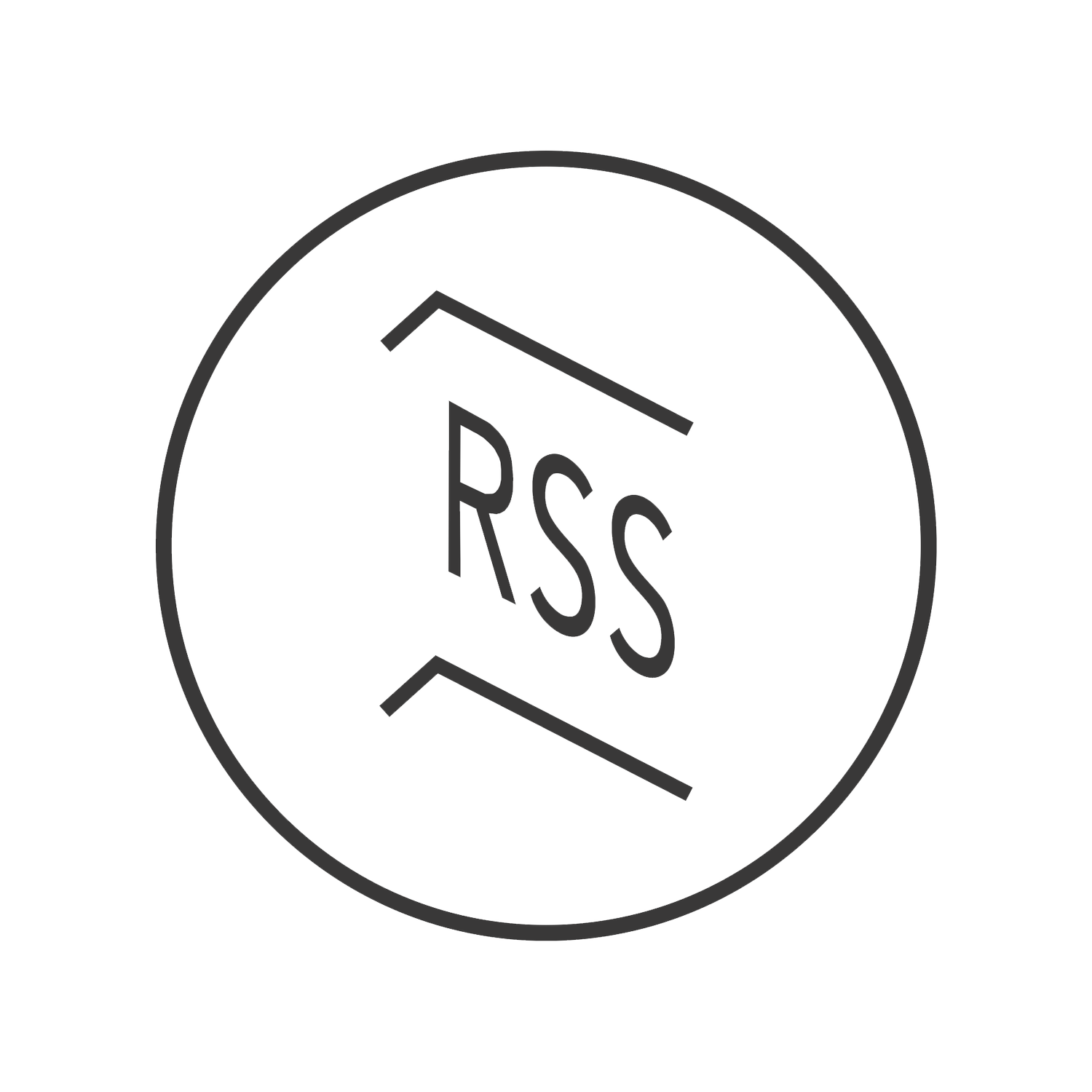 Image 1 of
Image 1 of


RAABJERG. Rune Peitersen
RAABJERG takes outset in the changing landscape of northern Jutland, Denmark. Over time the landscape has changed due to climatological changes and human resource extraction, and the following attempts at ‘restoring’ and ‘re-establishing’ a ‘natural’ landscape.
The pivotal point of the narrative is the violent sand drift of the 16th-19th centuries; how it manifested itself and completely transformed the once fertile landscape into a barren wasteland. Various governments – from kings to elected parliaments – enacted laws to try to reverse the process. After 200 years, they ‘succeeded’ in transforming the landscape back to a controlled state, especially suited to tourism.
Today, however, the dune landscapes are considered ‘natural’, and conservation efforts are now directed at preserving them. Obviously, any landscape is in a state of constant transition, and these efforts therefore beg the question: How do you preserve transition?
The project RAABJERG by Danish artist Rune Peitersen consists of a publication and a film. The film premiered at the Biennale für Aktuele Fotografie in Mannheim, Germany in March 2022.
About the author
Rune Peitersen, born in Denmark in 1971, lives and works in Amsterdam and Brussels. In 1999 he received a BA from the Royal Academy in The Hague and in 2001 an MA from the Frank Mohr Institute in Groningen.
Peitersen’s work has been exhibited internationally and he has received awards from the Mondriaan Foundation. Alongside his artistic practice, Peitersen teaches at the St. Joost Art Academy, regularly lectures on his work and is a co-founder of several artists’ initiatives, among them the think-tank Platform Beeldende Kunst (Platform for Visual Arts).
Graphic design Mainstudio (Edwin van Gelder)
Printer & lithography Zwaan Lenoir
Number of pages 288
Book size 22x28.5cm
Binding Softcover, Japanese binding
Language English / Danish
RAABJERG takes outset in the changing landscape of northern Jutland, Denmark. Over time the landscape has changed due to climatological changes and human resource extraction, and the following attempts at ‘restoring’ and ‘re-establishing’ a ‘natural’ landscape.
The pivotal point of the narrative is the violent sand drift of the 16th-19th centuries; how it manifested itself and completely transformed the once fertile landscape into a barren wasteland. Various governments – from kings to elected parliaments – enacted laws to try to reverse the process. After 200 years, they ‘succeeded’ in transforming the landscape back to a controlled state, especially suited to tourism.
Today, however, the dune landscapes are considered ‘natural’, and conservation efforts are now directed at preserving them. Obviously, any landscape is in a state of constant transition, and these efforts therefore beg the question: How do you preserve transition?
The project RAABJERG by Danish artist Rune Peitersen consists of a publication and a film. The film premiered at the Biennale für Aktuele Fotografie in Mannheim, Germany in March 2022.
About the author
Rune Peitersen, born in Denmark in 1971, lives and works in Amsterdam and Brussels. In 1999 he received a BA from the Royal Academy in The Hague and in 2001 an MA from the Frank Mohr Institute in Groningen.
Peitersen’s work has been exhibited internationally and he has received awards from the Mondriaan Foundation. Alongside his artistic practice, Peitersen teaches at the St. Joost Art Academy, regularly lectures on his work and is a co-founder of several artists’ initiatives, among them the think-tank Platform Beeldende Kunst (Platform for Visual Arts).
Graphic design Mainstudio (Edwin van Gelder)
Printer & lithography Zwaan Lenoir
Number of pages 288
Book size 22x28.5cm
Binding Softcover, Japanese binding
Language English / Danish
RAABJERG takes outset in the changing landscape of northern Jutland, Denmark. Over time the landscape has changed due to climatological changes and human resource extraction, and the following attempts at ‘restoring’ and ‘re-establishing’ a ‘natural’ landscape.
The pivotal point of the narrative is the violent sand drift of the 16th-19th centuries; how it manifested itself and completely transformed the once fertile landscape into a barren wasteland. Various governments – from kings to elected parliaments – enacted laws to try to reverse the process. After 200 years, they ‘succeeded’ in transforming the landscape back to a controlled state, especially suited to tourism.
Today, however, the dune landscapes are considered ‘natural’, and conservation efforts are now directed at preserving them. Obviously, any landscape is in a state of constant transition, and these efforts therefore beg the question: How do you preserve transition?
The project RAABJERG by Danish artist Rune Peitersen consists of a publication and a film. The film premiered at the Biennale für Aktuele Fotografie in Mannheim, Germany in March 2022.
About the author
Rune Peitersen, born in Denmark in 1971, lives and works in Amsterdam and Brussels. In 1999 he received a BA from the Royal Academy in The Hague and in 2001 an MA from the Frank Mohr Institute in Groningen.
Peitersen’s work has been exhibited internationally and he has received awards from the Mondriaan Foundation. Alongside his artistic practice, Peitersen teaches at the St. Joost Art Academy, regularly lectures on his work and is a co-founder of several artists’ initiatives, among them the think-tank Platform Beeldende Kunst (Platform for Visual Arts).
Graphic design Mainstudio (Edwin van Gelder)
Printer & lithography Zwaan Lenoir
Number of pages 288
Book size 22x28.5cm
Binding Softcover, Japanese binding
Language English / Danish
RAABJERG
Rune Peitersen
Published by our syndicated partner press Jap Sam Books
Images courtesy of The Book Photographer





